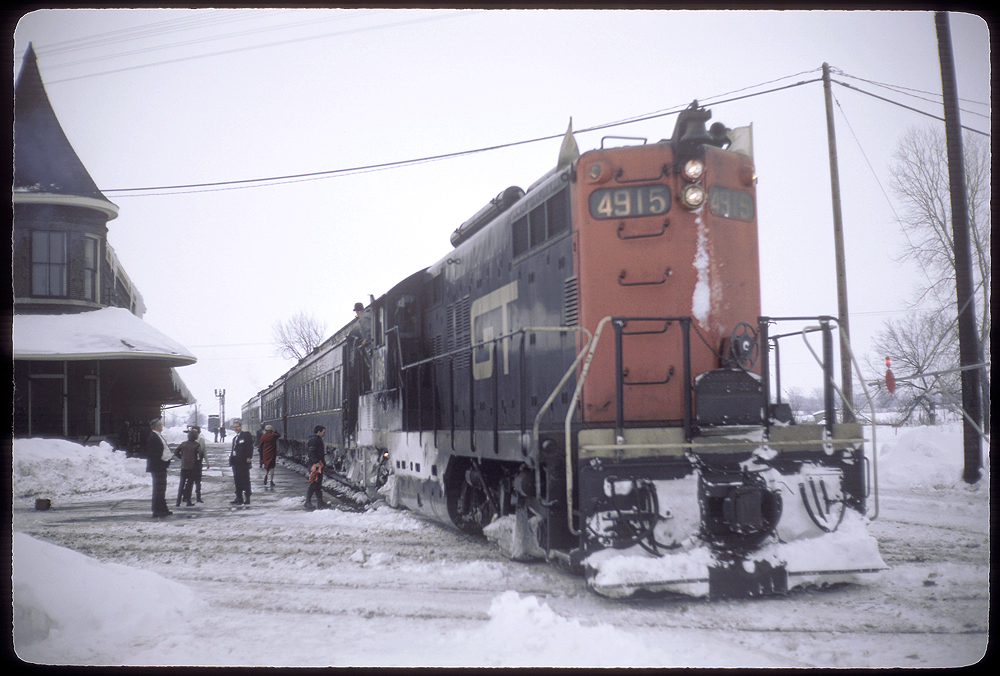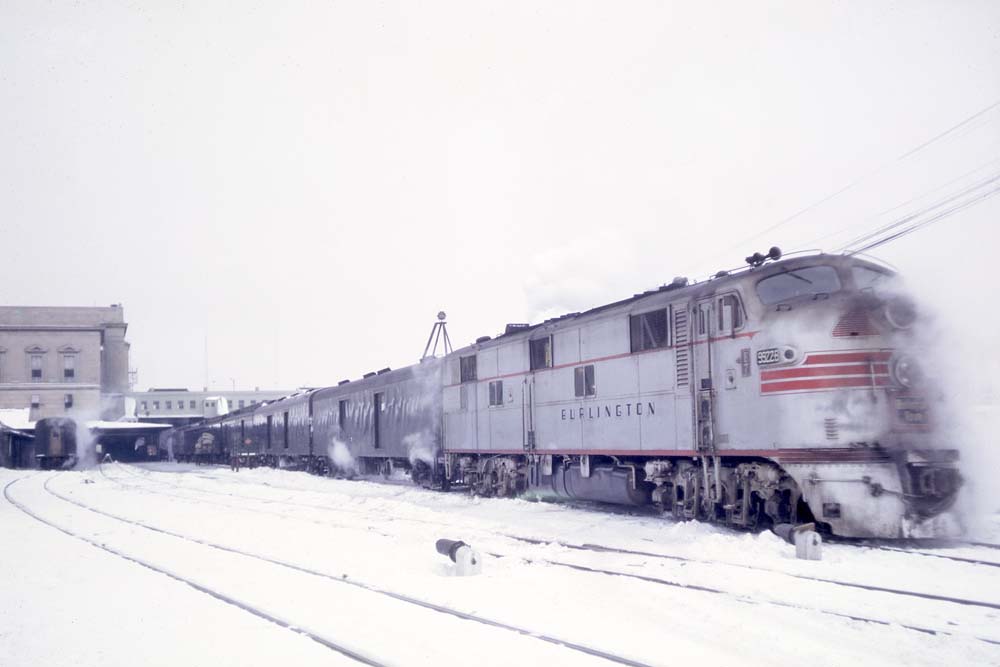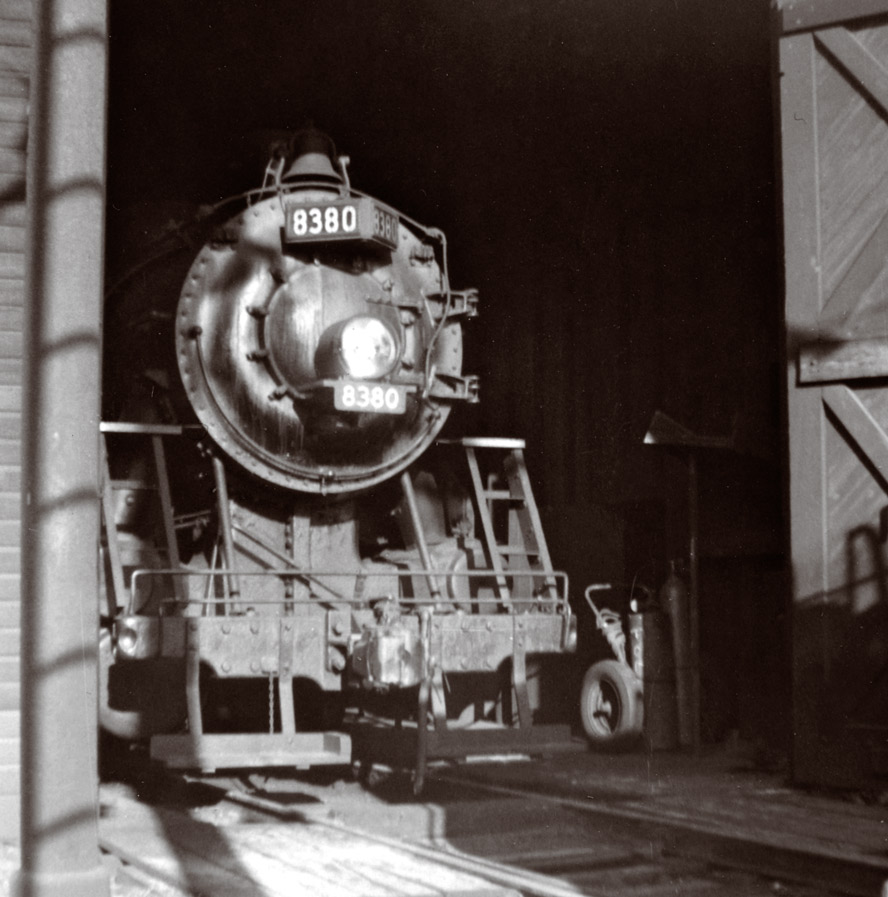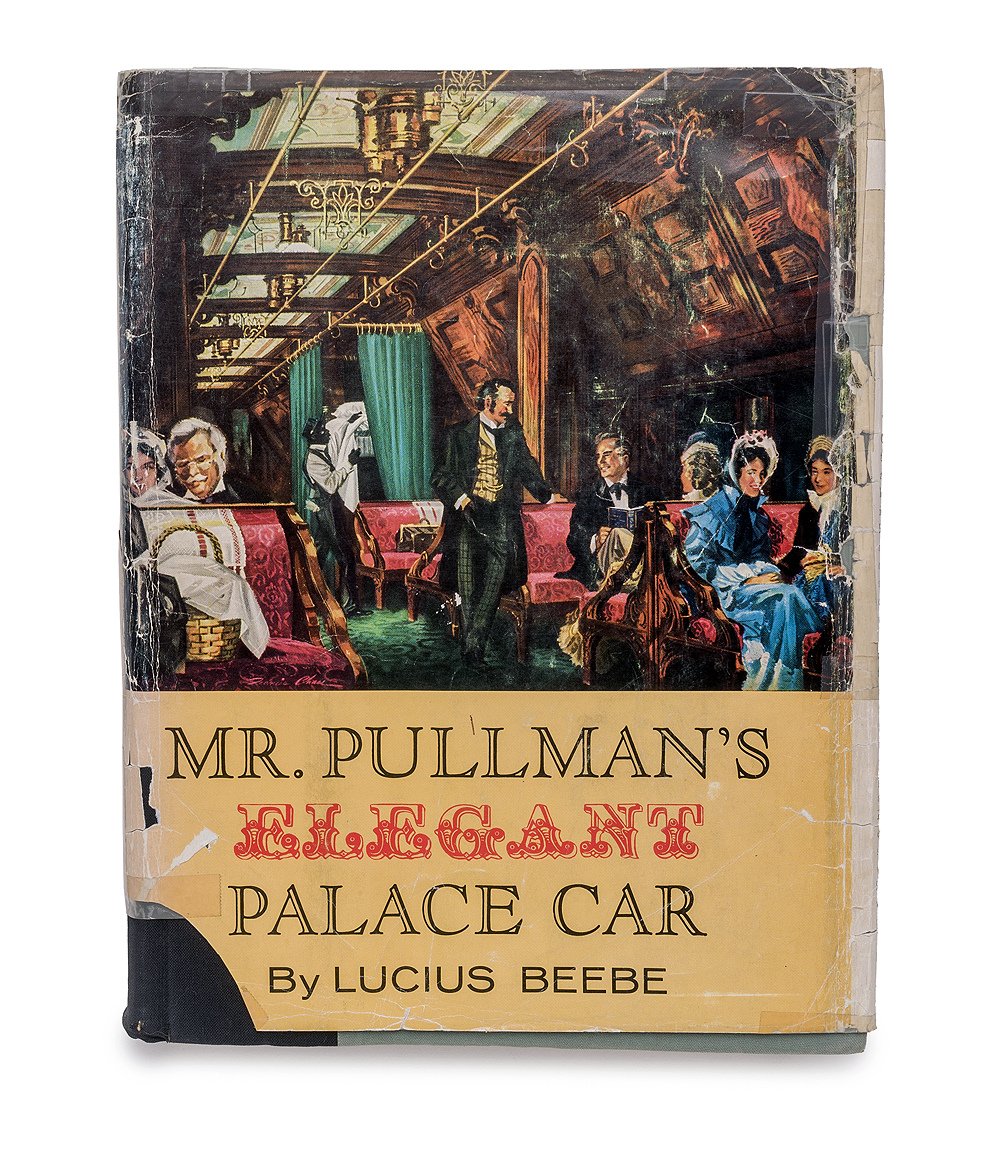Until he’d gained a fair crop of whiskers, a tenderfoot fireman knew that a 5000 on the ready track meant he’d been living right. True, he could never foresee the mood of his crosscab partner – some engineers were worse than others. But he was sure that a 5000 would give him time to cuss and grapple with other problems that might show up on the road.
It was a long walk out to the pilot and quite a clamber up to the lighted train indicator boxes. If a certain numeral was needed for the boxes, it always turned out to be in the stowage container on the other side of the boiler. But on a 5000 you could be sure that you’d be using the “X.” They were freight engines from the day they came off the drawing board. Oh, they did their usual count-on-me job heading a string of varnish, but they seemed to prefer slugging it out on tonnage.
Firemen loved the steaming qualities of the 5000’s. “It’s like you painted that steam gauge arrow on 225,” they’d say. With a clean fire going, the engine seemed to grab for and wrestle every grade. Fireman’s panic was rare on the good old 5000’s. The injectors picked up with a solid “ka-thunk” and the bell, way out front, usually clanged a distinct “all’s well” message. Pulling away from a terminal, lined on each side by idle rolling stock, a 5000 drummed out that three-cylindered beat, a kind of warning cadence to the miles ahead. Working upgrade or drifting, a fat-boilered 5000 was a smoothie.
SP men liked how the 5000’s could pull. If an eager-beaver freight department head or trainmaster wanted some extra tonnage out on the line, a sharp 5000 was on the head end. While not an ideal switch engine, the 5000’s were the object of less profanity during small-town switching and setting-out operations than any other road engine of comparable size.
All enginemen knew that locomotives were not built for comfort. In their day, the 5000’s held their own in providing an austere but decent cab. The seat cushions seemed a little less petrified and the window armrests were wider. And the 5000’s provided a smoother ride than many newer engines. Wide open, with cars stretching almost beyond the horizon, the three-cylinder behemoths seemed to roll with the pounding from driver to rail. While never cozy, the 5000 cab provided a good platform for work. Many a hogger, fireman, and head-end brakeman shared mile after mile, wishing there were more 5000’s to go around.
In years to come, an SP fireman would learn to respect and revere the cab-forwards, Mountains, and Northerns. But if he was setting up his own call out on the extra board, he’d hand himself a 5000.














I miss Tommy Thompson and his stories as a rookie fireman on the Tucson Division in the early 40’s.